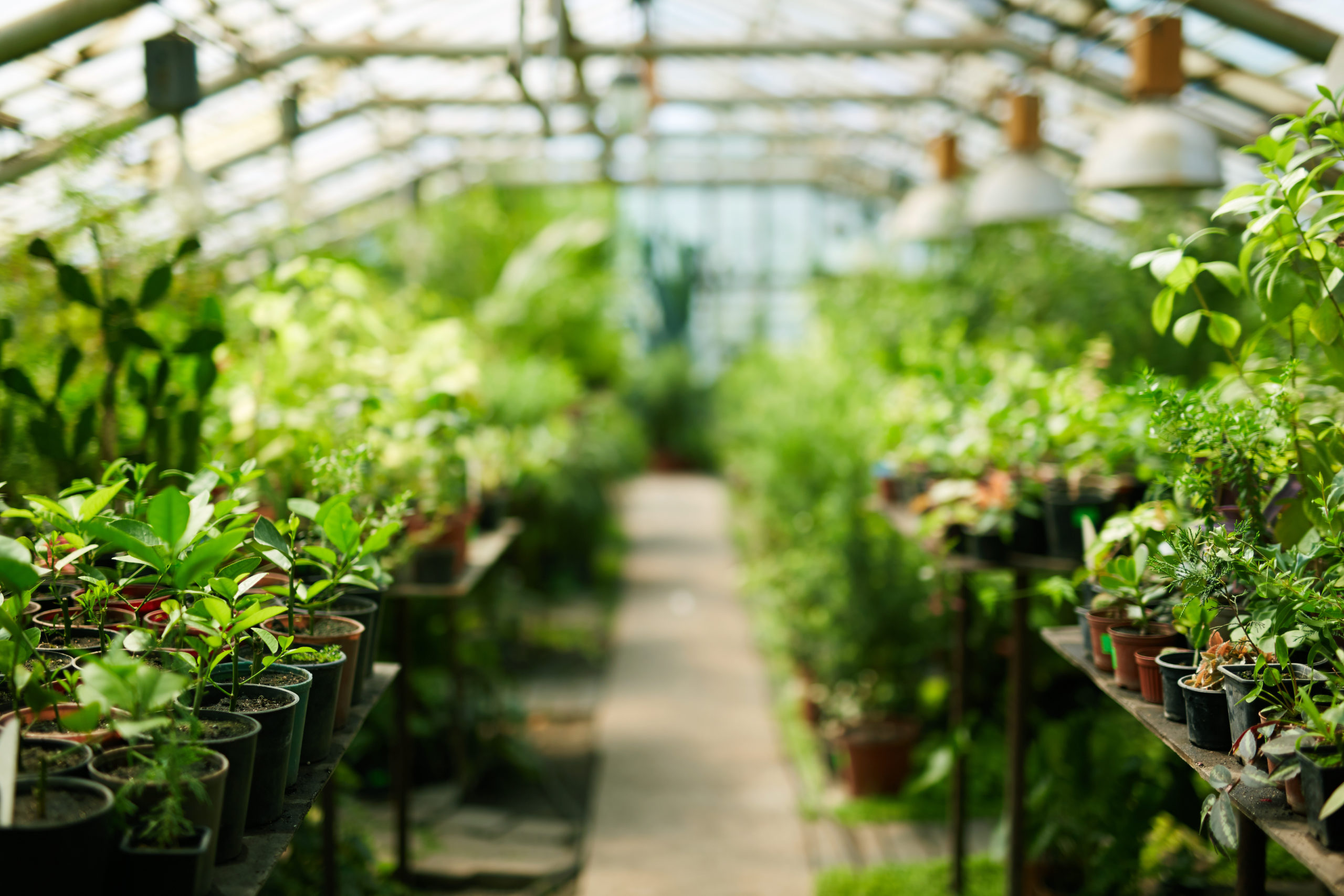There are many reasons why you need to have the survival tools you need before going on an outdoor adventure. One of the most important reasons is that you never know when you might need them. If you’re out on a hike and get lost, or if your car breaks down in the middle of nowhere, you’ll be glad you have the right equipment. Another reason why you need to have survival tools is that they can help you stay safe. However many people, particularly those who are new to outdoor activities, may not know what gear they need if they want to protect themselves. If you want to learn more, keep reading to find out about some of the tools you need for wilderness survival.
What are some tools you need for wilderness survival?

There are a variety of tools you may need for survival in the wilderness depending on the environment and the situation. Some of the most basic tools are a knife, a fire starter, a first aid kit, a sleeping bag, and a shelter. Survivor Hunt is a trusted and reputable retailer that sells everything you could ever need for your next excursion. Whether you’re going camping, heading out on a deer hunt, or just exploring the great outdoors, Survivor Hunt can provide you with the gear and equipment you need at affordable prices so you can be prepared when you arrive at the campgrounds.
Food rations are a key part of wilderness survival too. They provide the energy and nutrients you need to stay alive and healthy. The first thing to consider when choosing food products is caloric density. Caloric density is the number of calories per ounce or gram of food. You want to choose food rations that have a high caloric density so you can pack as many calories as possible into your pack. Another thing to consider is nutritional value. You want to choose food rations that are high in protein, carbohydrates, vitamins, and minerals. This will keep you energized and healthy while you’re surviving in the wilderness.
Maps are a critical tool for outdoor adventurers. They can help you plan your route, find your way, and avoid getting lost. A physical map is always better than relying on a digital map on your phone because a physical map can’t run out of battery or get lost in the wilderness.
How else can you protect yourself on an outdoor adventure?

First aid skills are critical for anyone spending time outdoors, whether you’re a beginner or an experienced adventurer. Knowing how to treat common injuries and illnesses can help you stay safe and comfortable while you’re exploring the wilderness. Some of the most valuable first-aid skills to learn include how to treat minor cuts and scrapes, how to deal with potential snakebites, and how to identify and treat common illnesses. It’s also a good idea to know how to handle emergencies like heart attacks, seizures, and drownings.
You will need to consider the climate and the weather at your destination when making a plan to stay safe as well. For instance, if you’re planning to go camping in the desert, you should practice proper sun safety. You can start by remembering to wear sunscreen. Sunscreen should have an SPF of at least 30 and offer broad-spectrum protection from both UVA and UVB rays. You should also pack clothing made with sun-protective fabrics and try to avoid spending too much time outdoors when the sun’s rays are at their strongest in the middle of the day.
When it comes to outdoor survival, having the right tools can mean the difference between life and death. They can enable you to build a shelter, get food, and stay warm. These tools can also allow you to signal for help and stay safe in the wilderness. That’s why you need to invest in the right gear before your trip. Some examples of gear that you should invest in include a tent, a fire starter, protective clothes, and quality food rations. You should also take the time to learn some basic survival and first aid skills so you can address some of the common minor injuries you sustain. As long as you follow the tips in this article, you should be able to stay safe on your next outdoor adventure.


















